Planting in the Cold: 7 Ways to Plant Vegetables During Autumn

Planting in the Cold: 7 Ways to Plant Vegetables During Autumn
Ideally, planting vegetables during the spring or summer is advisable, but once it transitions to autumn/fall, some people wait for the next summer. The reason lies with the fact that winter will be next after the fall season, and the plant’s roots may get frozen, altering its growth. Even though there is a risk, you can still start to plant your leafy vegetables during the fall.
The autumn season may be a bit challenging to grow crops because temperatures start dropping, effectively drying out the soil. Even though that is the case, there are alternative ways to start a garden during fall. Below is a guide to help you with growing vegetables in the fall season.
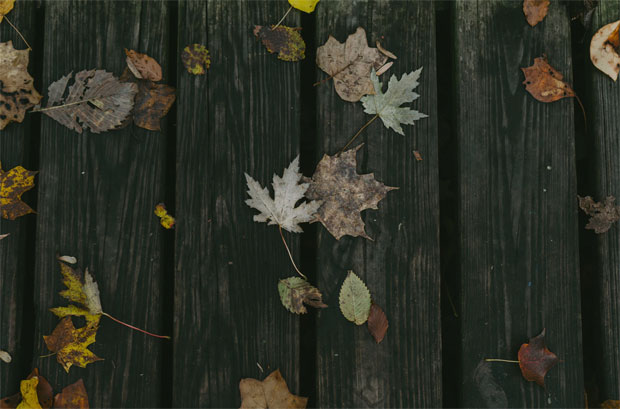
How to Plant Vegetables During Autumn
Prepare to Get Started
No matter what season, you have to prepare yourself and your garden to plant your crops. To get started, you must first be equipped with the right knowledge about gardening, and also you must have the tools necessary for this task.
Before that, you must find a good spot to establish your vegetable patches and make sure that it has healthy soil. Also make sure that the area you’ll plant in isn’t shaded or doesn’t get enough sunlight. Those are some of the garden essentials that will help your crops grow. After preparing the garden space, you can get the right tools and materials, such as shovels, gloves, and a watering pot.
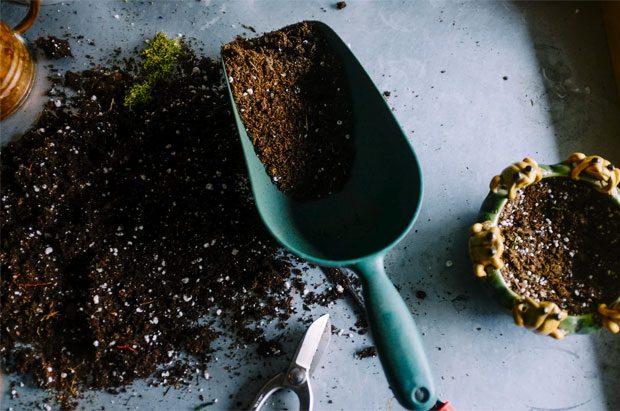
Know When to Seed
As mentioned above, timing is essential for gardening during the fall. This way, you can avoid the plant-killing frost of winter. Knowing when to plant seeds requires knowledge, and it’s best to learn which type of plants to plant.
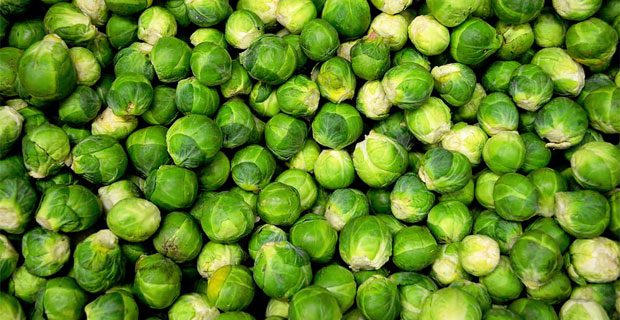
Plant the Right Veggies
The right crop can lead to a successful harvest. That’s why it is relevant to choose the right crop that can withstand the fall season’s dropping temperatures. The most ideal plants you can grow in fall are:
- Spinach
- Kale
- Turnips
- Lettuce
- Mustard
- Parsley
- Arugula
- Spinach
- Swiss Chard
- Broccoli
- Brussels Sprouts
- Cauliflower
- Cabbage
- Leeks
- Carrot
- Beets
- Garlic
- Radish
- Peas
So can you grow plants during the fall season? The answer is a resounding Yes, you can grow veggies in the fall. So if you’re worried about growing plants in the fall, don’t be. There are plants that can thrive despite the cold temperature.
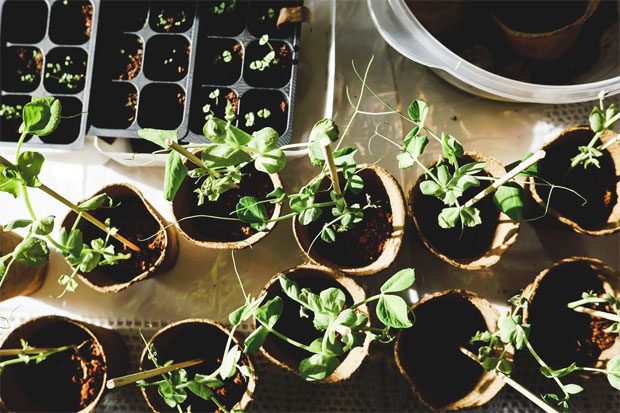
Plant Right Away
Time is essential when it comes to gardening during the fall season. The earlier you plant, the better the chance of harvest before winter. During winter, plants halt their growth and some even die. That’s why it is recommended to plant vegetables as early as the fall season begins. As a matter of fact, fully grown plants have a bigger chance of making it out of winter, whereas a newly sprouted plant will die.
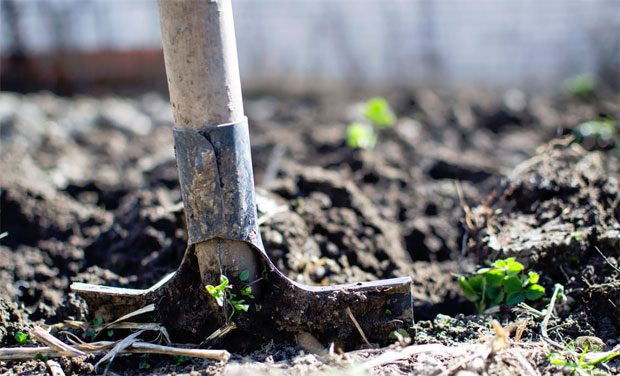
Improve Your Soil
The soil is one of the most important things when it comes to planting during the fall season. Good soil produces good crops. Luckily, you can achieve good garden soil by removing debris and weeds through cultivation and applying fertilizer.
Use a Grow light
Sunlight is an essential factor to keep tabs on if you want to fully develop your plants. Since autumn is colder and darker, sunlight may be limited which can cause your plants to die. Without sunlight, plants won’t be able to create their food through photosynthesis. To counter this, try using grow lights. Grow lights help provide light which mimic natural sunlight for plants to continue to grow.
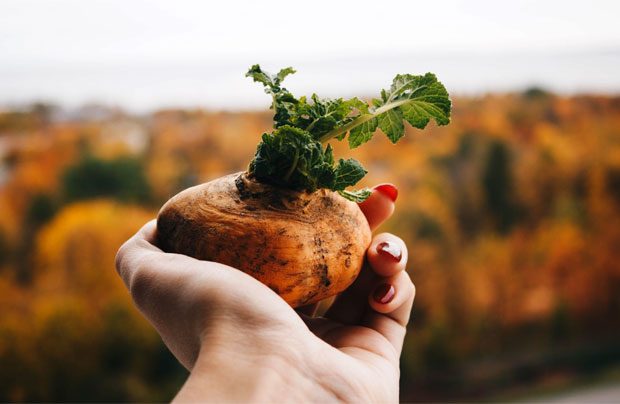
Garden Care
After you transfer your seedlings to your garden patch, you must give them proper care. Apply deep watering instead of watering the plants lightly, of course always make sure you aren’t drowning your plants.
As seedlings are also sensitive, make sure there aren’t pests that can harm them. Using nature as a pesticide can be effective and safe for you and your plants. For example, instead of using high-grade pesticide to ward off aphids, you can enlist the help of ladybugs, a known predator of aphids.
If you must use certain chemicals, make sure you’re applying them properly. Most of the time, pesticides do more than just kill off any garden pest. Pesticides can be strong enough to kill bees, butterflies, and other important pollinators.
Conclusion
When planting, different seasons come with different challenges. Fall is one of the most challenging seasons to plant your crops but it is possible to plant vegetables during autumn. Due to the dropping temperatures, some plants might not favour the climate and don’t grow at all. Choosing the right plant helps mitigate this, as certain plants such as cilantro, cauliflower, peas, carrots, and other root crops can thrive in cold seasons such as fall.
Choosing the right plants along with the tips mentioned above, helps ensure that you have a bountiful harvest before winter comes. After all, who wouldn’t want a fresh heap of vegetables on their table during winter, all ready for eating?
Guest Article. Contains sponsored links.




